Common faults and troubleshooting methods for oil to gas vehicles
¡ª¡ª Fault phenomenon: The engine power decreases, the water temperature is too high, and while using natural gas, the fuel gauge indicates a gradual decrease in fuel (mixed combustion of oil and gas).
Troubleshooting steps and methods:
1. Check if the engine fuel nozzle is not tightly sealed, causing dripping.
2. Check if the oil pump relay is working properly, repair or replace the oil pump relay if any damage is found.
3. Check if the gas control computer is working properly: After inspection, it was determined that the computer malfunction caused the fuel injector to work simultaneously with the gas, resulting in mixed combustion of oil and gas. Repair or replace the gas computer.
4. Check if the gas injection rail is working properly and if the seal is tight. If any damage is found, repair or replace the gas injection rail to prevent natural gas from leaking into the engine cylinder during the fuel process, causing oil and gas to burn together.
¡ª¡ª Fault phenomenon: The engine can start, but after starting, the conversion gas stalls or does not convert
Troubleshooting steps and methods:
1. Check the gas pressure gauge and check if there is natural gas in the gas storage cylinder. If there is no pressure, it indicates that there is no natural gas in the cylinder or insufficient supply for engine combustion.
2. Check if the gas computer, spray rail, and pressure reducing valve are working properly: repair or replace the gas kit if any faults are found.
3. Switch malfunction: Check the gas switch and find that the switch indicator light is not on or inaccurate. Repair or replace the gas switch.
4. Check the temperature sensor: Check whether the temperature sensor wire plug is loose or detached, whether the internal components are damaged, and repair or replace the damaged parts of the temperature sensor.
5. Check the high-pressure solenoid valve: Check whether the high-pressure solenoid valve is damaged, and if it is damaged, repair or replace the high-pressure solenoid valve; On the contrary, if the high-voltage solenoid valve works normally, check the high-voltage solenoid valve circuit. First, check whether the control computer port has power. After inspection, it is determined that there is a fault in the high-voltage solenoid valve circuit.
¡ª¡ª Fault phenomenon: The engine cannot be started. After checking the starter, ignition system, engine wiring, etc., it was found that the fuel metering valve nozzle did not move using software cleaning mode. After replacement, the engine started normally.
Troubleshooting steps and methods:
1. The fuel metering valve nozzle receives instructions from the ECU to alternately cycle and inject gas at a frequency of once according to the ignition sequence of the engine. When using diagnostic software to clean the mode, the ECU sends a signal of a certain frequency requesting the fuel metering valve to operate. If it does not operate, it indicates that the nozzle is faulty. If the diagnostic software displays NGP as 0 or around 14.7, it may be a NGP sensor fault. At this time, the engine cannot start and the NGP sensor or fuel metering valve assembly needs to be replaced.
Specific troubleshooting steps for natural gas engine failure to start:
1. According to the fault light, use the Test God A111 brush to read the fault code and determine the fault point. If it cannot be determined, proceed to the next step;
2. Check if the gear is in neutral position and if the neutral switch is functioning properly; Check if the auxiliary shutdown switch is functioning properly. If it still cannot be started, proceed to the next step;
3. Check if the starting circuit and battery of the vehicle are normal. If it still cannot be started, move on to the next step;
4. Check if the starter is working properly, and if it still cannot be started, move on to the next step;
5. Check if the ignition system is functioning properly. If it still cannot be started, proceed to the next step;
6. Check if the gas cylinder pressure is normal, check if the NGP gas pressure is normal, and further check if the FMV outlet port is venting;
7. Open the signal generator cover and check if the ignition timing is normal;
8. Test whether the throttle valve is working properly;
9. Check the engine body parts, such as valve clearances.
10. If debugging is carried out in the host factory, consider the gas composition inside the gas cylinder; If the engine runs for a long time, check whether the oxygen sensor connector is short circuited, whether the air path is severely blocked, and whether the small hole of the mixer is blocked.
¡ª¡ª Fault symptoms: cylinder pulling phenomenon occurs, the engine produces a knocking sound and blow by sound, and the engine shakes and power decreases when the throttle is increased. Even stalling and black smoke from the exhaust pipe may occur. According to analysis, it is a phenomenon of engine cylinder pulling.
Troubleshooting steps and methods:
The engine is overheated, the ignition timing is severely misaligned, the clearance between the piston and cylinder liner is too small, the piston cooling is not sufficient, which leads to overheating expansion, the clearance between the piston ring opening end is too small or broken, the quality of lubricating oil is poor or the pressure of the oil film is not enough, the filtering effect of the air filter is poor, which leads to impurities entering the cylinder, and the driver forcefully steps on the accelerator pedal after starting at low temperatures.
Refer to£ºhttps://www.ifptraining.com/troubleshooting-in-the-oil-gas-industry.html
The pictures and articles are from the internet. If there is any infringement, please contact us to delete them.
Popular articles
-
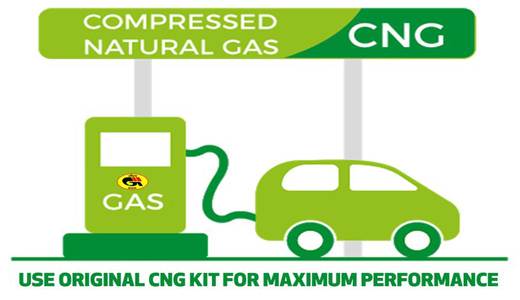
How the CNG Automotive S
Compressed natural gas (CNG) automotive systems
-
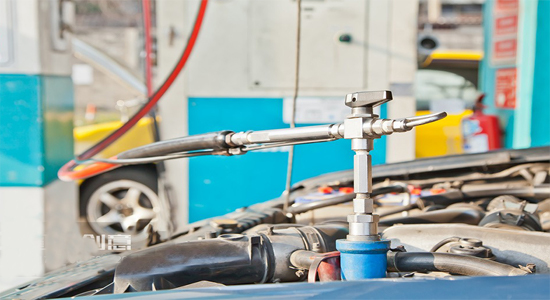
What Is CNG Pressure Red
The pressure reducer of natural gas vehicle is
-
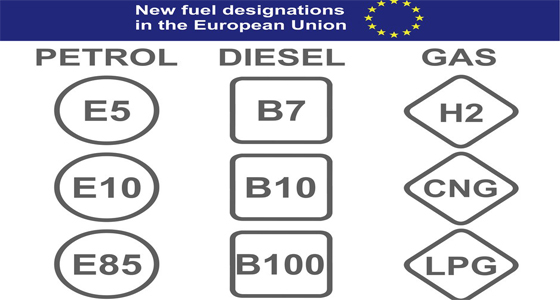
Advantages Of CNG Gas V
Compressed natural gas vehicles are vehicles th
-

Reasons For High Gas Con
1. Original vehicle condition A. The tec
-
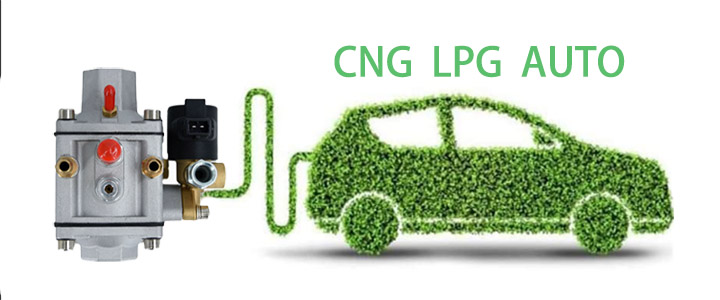
Differences Between Sing
Characteristics of Gas Single Point Device
-
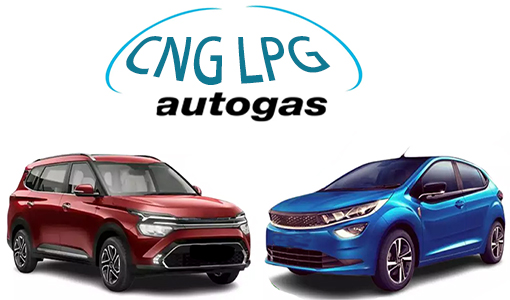
How To Improve The Power
1. Install ignition advance angle What i
-
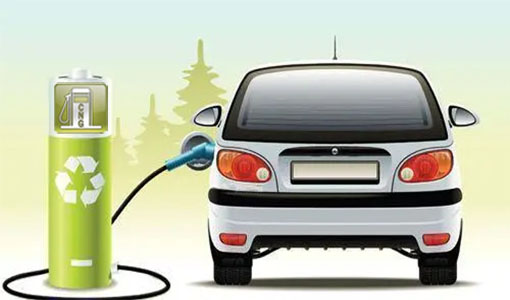
Advantages And Principle
LPG and CNG are two mainstream alternati
-

How The CNG Gas Vehicle
If you want to know ¨C how does the CNG conversi






Latest comments
0piece comment
no comments, welcome to comment¡£